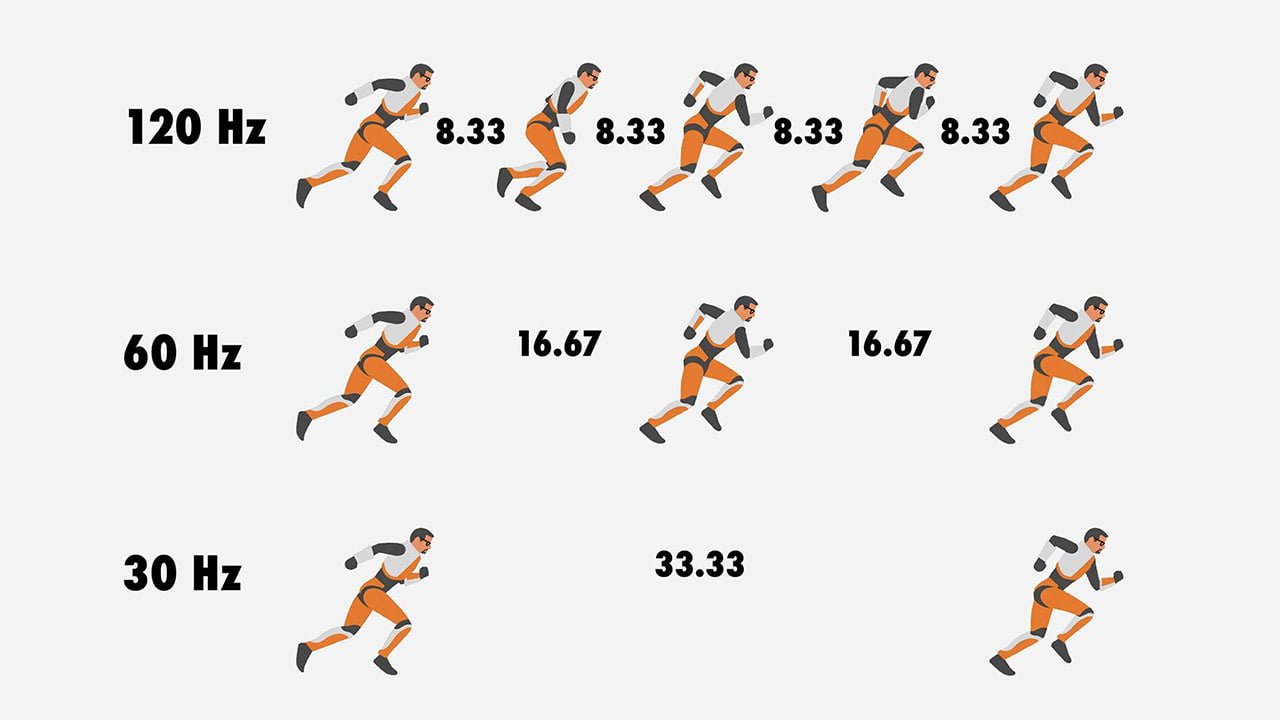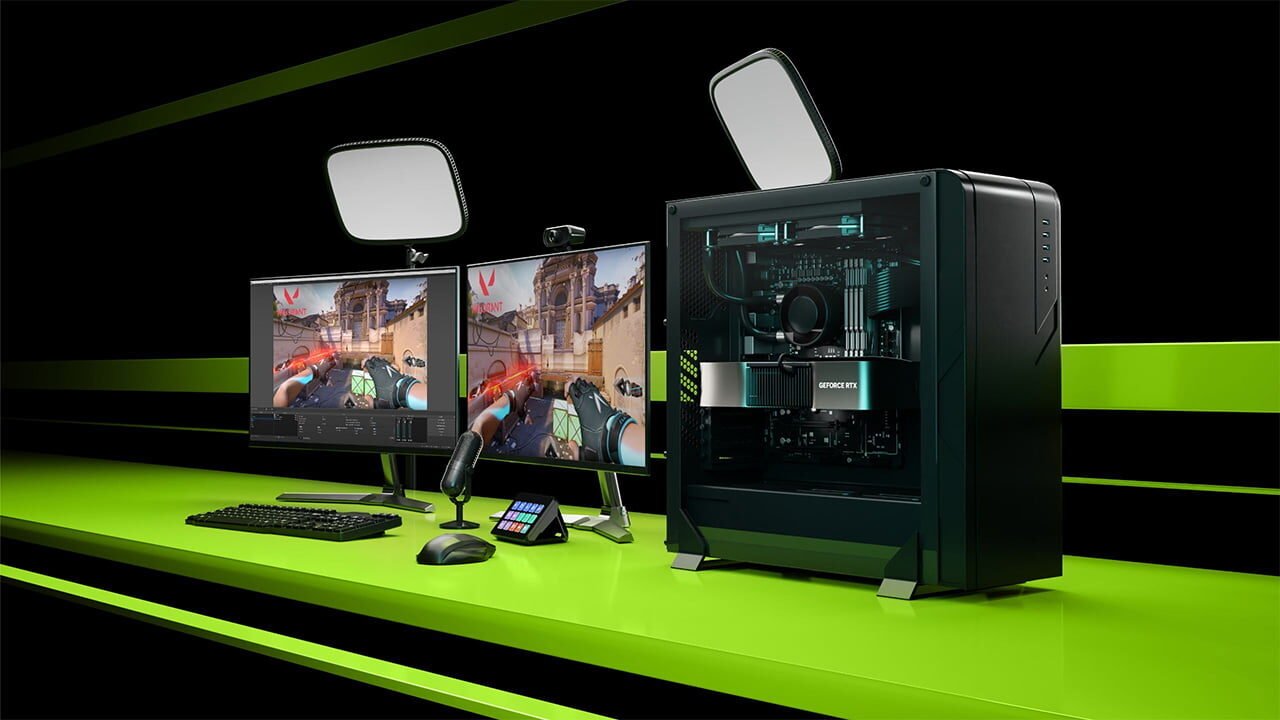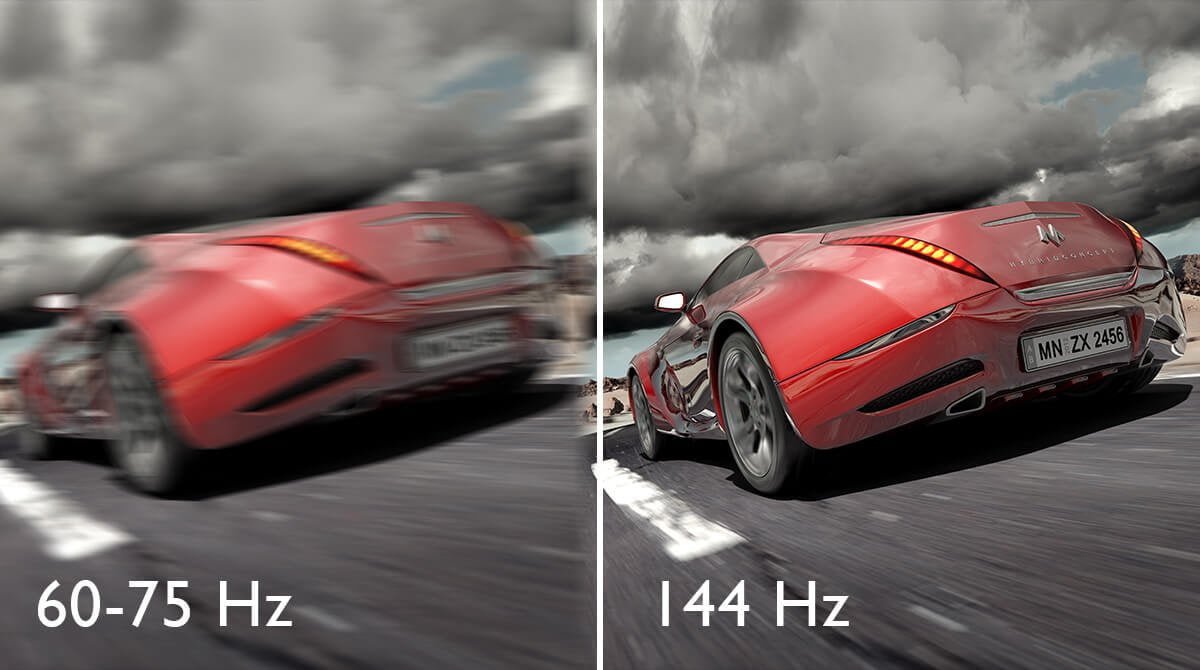It does not matter whether you are looking for a new monitor or phone. If you have delved into the specifications, you might have noticed that the display information has something called Hz. Nowadays, high-end phones and monitors commonly feature screens with refresh rates of 144Hz or 120Hz. But what about 120Hz vs 144Hz? What’s the difference?
The main difference between 120Hz and 144Hz is that 144Hz offers slightly smoother and faster performance compared to 120Hz. 144Hz displays can give you a new image every 7th millisecond. On the other hand, at 120Hz, you get a new image after every 8th millisecond.
This slightly fast nature of the 144Hz is not easily noticeable, especially if you have been using a 120Hz display for a while. In other words, the difference will not be as massive as the shift from 60Hz to a higher refresh rate screen.
144Hz vs 120Hz – Understanding Hz and ms
If you want to fully understand 120 Hz vs 144 Hz, you need to have a proper idea about refresh rates. So, a display’s refresh rate basically states the rate at which it updates the image onscreen. But what do milliseconds have to do with it?
Milliseconds (ms) is the measurement of the time between these updates. On the other hand, the refresh of displays is measured in hertz (Hz). Now, the higher the refresh rate, the faster the screen will update the image on the screen.

That eventually means that a screen with a higher refresh rate will have a low milliseconds (ms) count between the updates. For the case of 144Hz, the display refreshes the image 144 times in one second. And one second has 1000 milliseconds.
So, when you divide 1000 milliseconds by 144, you get 6.944. In other words, 144Hz refresh rate displays can update the image on the screen every 7ms.
On the other hand, 1000 milliseconds by 120 leaves us with 8.33. Therefore, a 120Hz refresh rate monitor updates the image on the screen every 8.33ms or 8ms.
Can You Notice the Difference Between 120 Hz and 144 Hz?
You can notice the difference between the 144 Hz and 120 Hz displays. However, the difference is not so noticeable that you can pick a winner between 120Hz vs 144Hz.
So, does that mean you should choose 120Hz displays over 144Hz? To reach a conclusion, you need to consider the following factors –
Pick the 144Hz Display Over 120Hz If You Play Competitive Games
Do you play a lot of competitive games? In that case, you would want to select the 144Hz display over 120Hz. The ~1ms difference in terms of update speed can make you react faster. And that could eventually be a turning point in the match. Check out the video below to better understand the advantages of having a high refresh rate in competitive games:
Consider If You Have a High-end Device or System
Is your gaming tablet, phone, or gaming system capable of running games at 144 frames per second or higher? In that case, the 144Hz display will be a no-brainer choice. However, if you do not get 144 FPS, you will be better off with a 120Hz screen.

Factor In Your Budget
144Hz monitors are more expensive than 120Hz monitors. Likewise, phones with 144Hz screens will generally cost more than those with 120Hz displays. Sometimes, the difference can be hundreds, which is not worth it for a 1ms speed.
Therefore, if you have a tight budget, it would be a good idea to stick with the 120Hz screen.
60Hz vs 120Hz and 60Hz vs 144Hz
The difference between the 60 Hz and 120 Hz or 144 Hz is huge. After all, 60Hz can update the image every 16.67ms. So, no matter which one you pick, you will notice the difference.
Let me give you a little bit of insight from my experience. So, a few years ago, I upgraded my from, which made me shift from 60Hz to 120Hz. And the difference in terms of smoothness and fluidity was massive. Everything felt butter smooth.

Later down the road, I upgraded my PC and got a 144Hz monitor. Here’s the interesting part, I do not notice that much difference in terms of my phone and the monitor. After all, as discussed earlier, the difference is just around 1 ms.
Now, if I had gotten a 144Hz monitor before the 120Hz phone, I believe that I would have had the same experience. That is, I would not have noticed the difference between 120 Hz and 144 Hz. But the difference between 60 and 144 Hz would feel huge.
How Many Hz Can Human Eyes See?
According to experts, most humans can perceive flickering within the range of 50Hz to 90Hz. However, I can definitely notice the difference between 90 Hz and 120 Hz or 144 Hz.

And some studies have further looked into the suggestions made by the experts. They concluded that human eyes may be able to detect higher levels of flicker rate or Hz than previously thought.
However, they did note that it can vary among individuals. So, how many Hz or frames you can see totally depends on you. Considering that, it would be a good idea to try out some high refresh rate monitors or displays before making a purchase decision.
Final Words on 120 Hz vs 144 Hz
So, in short, there’s a difference between 120 Hz and 144 Hz. However, the difference is not so big that you can call one the winner over the other. But it’s true that 144Hz is faster and smoother than 120Hz refresh rate.
Meet Abid Ahsan, the trusted luminary behind BitsFromByte. With a degree in Computer Science and over a decade of experience, Abid’s authoritative expertise shines through his in-depth guides, meticulous reviews, and timely news coverage on software, operating systems, consumer tech products, phones, PCs, and laptops. His dedication to accuracy, transparency, and unbiased reporting makes it easy for our readers to stay informed in this rapidly evolving tech landscape.
